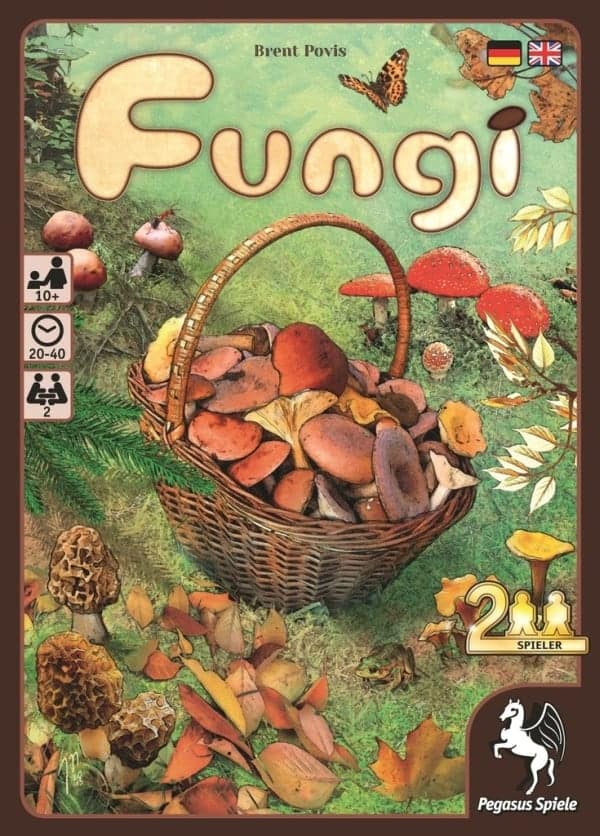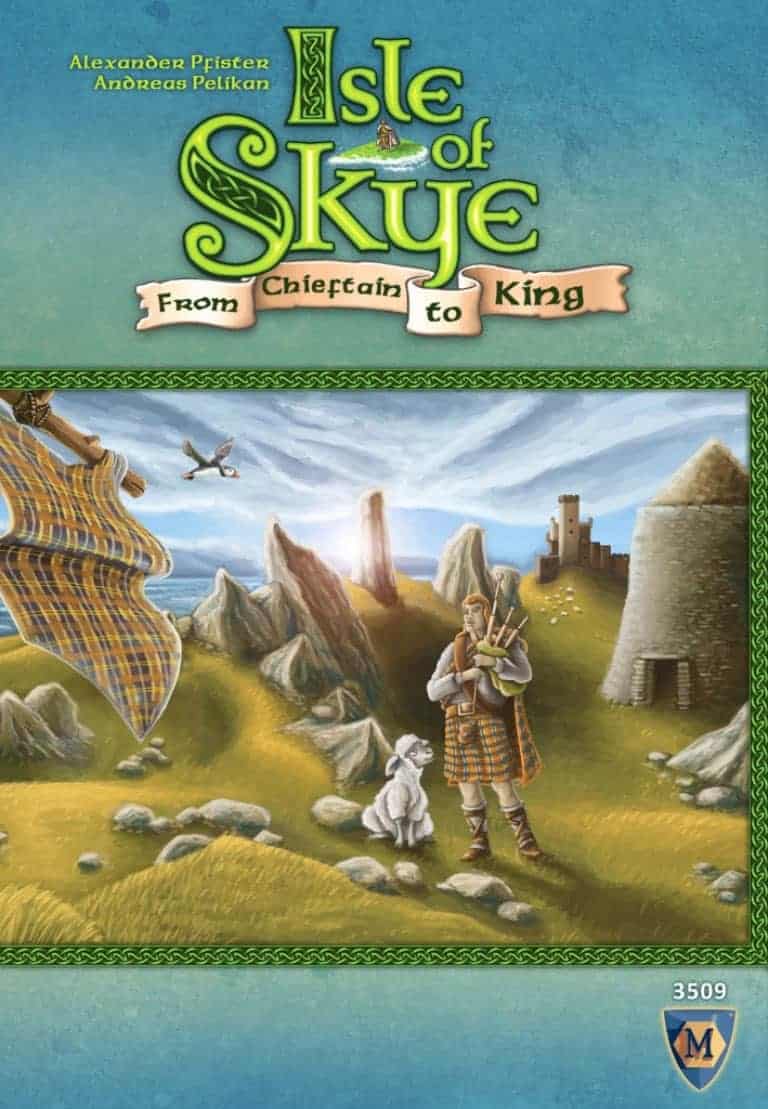The co-operative game Thunderbirds, released in 2015 to celebrate the 50th anniversary of the cult hit TV show, features the iconic Thunderbirds machines and a high-octane world full of disasters for players to rescue.
Set in the year 2065, Thunderbirds follows the exploits of International Rescue, a secret organization committed to saving human life, secretly founded and funded by the millionaire Tracy family, with the motto: ‘Never give in, at any cost!’ International Rescue has a host of technologically advanced land-, sea-, air-, and space-rescue vehicles and equipment ready to launch at a moment’s notice.
Racing to the rescue from a secret island base beneath the luxurious home of the Tracy family somewhere in the South Pacific Ocean, International Rescue defies government spies and criminals who want the secrets of their incredible machines for their own. To combat this threat, Lady Penelope, the Thunderbirds’ aristocratic English secret agent, and her chauffeur Parker lead a network of agents to uncover those behind the disasters caused by deliberate sabotage.
A criminal mastermind known as “The Hood”, operating from a temple deep in the Malaysian jungle and in possession of strange powers, often engineers events to allow him to spy on the Thunderbird machines with the goal of selling their secrets to the highest bidder.
The iconic Thunderbirds are designed by the Tracy family’s close friend “Brains” and are assigned to each of the five Tracy brothers: – Thunderbird 1, piloted by Scott Tracy – a hypersonic rocket plane used for fast response and rescue-zone reconnaissance, and as a mobile control base. – Thunderbird 2, piloted by Virgil Tracy – a supersonic VTOL carrier which transports their major rescue equipment in detachable pods. – Thunderbird 3, piloted by Alan Tracy – a single-stage, vertically launched spacecraft – Thunderbird 4, piloted by Gordon Tracy – a utility submersible for underwater rescue, launched from Thunderbird 2 – Thunderbird 5, manned by John Tracy – a space station in geo-stationary orbit that monitors calls for help from across Earth.
Finally, Lady Penelope has the iconic FAB 1, driven by Parker – a pink, amphibious car.
Thunderbirds is a cult 1960s British science-fiction television series, created by Gerry and Sylvia Anderson. It was produced using a combination of marionette puppetry and scale-model special effects, which was dubbed “Supermarionation”. Two series, totaling thirty-two 50-minute episodes, were produced, along with two films using the same techniques.
Players will work together using Thunderbirds characters and vehicles to complete rescue missions and save the day.
Read More









